There is beauty in flaws, there are flaws in beauty - ceramic creativity at Bowl'd Over 2019
In Part II of our photo essay on the ceramic art exhibition Bowl’d Over, we feature more installations along with artist and curator insights.
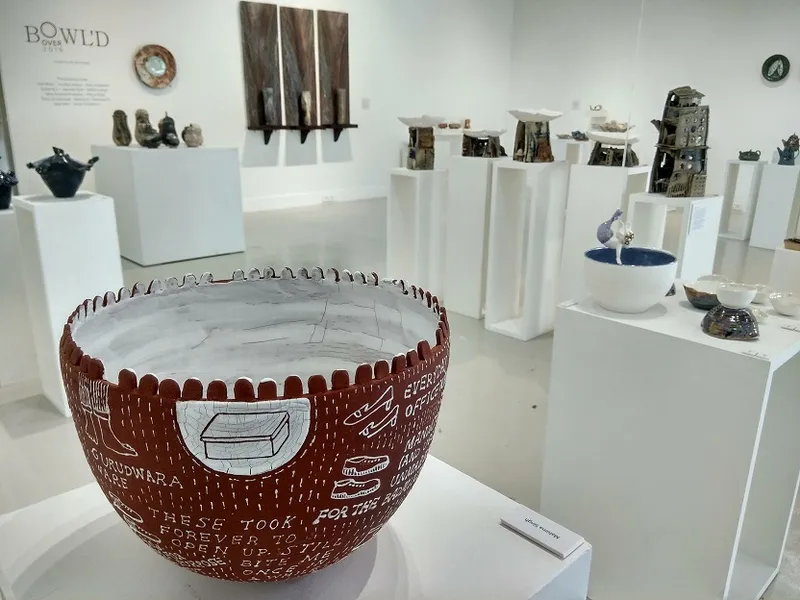
PhotoSparks is a weekly feature from YourStory, with photographs that celebrate the spirit of creativity and innovation. In the earlier 290 posts, we featured an art festival, cartoon gallery, world music festival, telecom expo, millets fair, climate change expo, wildlife conference, startup festival, Diwali rangoli, and jazz festival.
Ceramic art exhibition Bowl’d Over kicks off its second annual edition this week at Gallery Manora in Bengaluru (see Part 1 of our coverage here). The artist lineup features Adil Writer, Anubha Jaswal, Gary Hambleton, Gukanraj K, Japneet Keith, Mahima Singh, Neha Gawand Pullarwar, Pritpal Singh, Ruby Jhunjhunwala, Sabrina S, Saraswati R, Sejal Sethi, and Srinia Chowdhury.
“Each body of work is a testimony to the brave new world that contemporary ceramic artists have ventured into,” said gallery founder-director Gomathi Suresh, in a chat with YourStory. Her curated exhibition in the Indiranagar gallery shows that bowls and vessels are just the beginning of the creative journey, not the end.
An open call for submissions received a response from 70 artists around the country. To be eligible, artists had to have a full-time studio practice with mid-career or established status, along with contemporary conceptual work that is semi-functional with sculptural leanings, Gomathi explains.
Based on their practice, 13 artists were selected, including three emerging Bengaluru artists. Around 80 pieces are featured at the exhibition, priced from Rs 3,000 to Rs 50,000. “Ceramic art has arrived. There is more to pottery than just bowls,” Gomathi says.
“The artists explore the inherent warmth and intimacy that the tactile medium of clay offers them. They also thrive in the romance of its serendipity, pushing its boundaries, and flirting with the challenges of its unpredictability,” she adds poetically. The works raise intriguing questions about the purpose of art, the journey of the artist, and the techniques used.
Gomathi also offers tips for aspiring ceramic artists. “Ceramic art is a lot about technique and process. To be successful, you need to have a dedicated studio practice, commitment to the medium, an experimental and contemporary approach, and exposure to arts education and travel,” she advises.
Anubha Jaswal’s works are inspired by the Moroccan cooking vessel called tagine, and add an element of dance to the form. Art does not have to be symmetric or predictable; there is beauty and character in flaws, quirks, and eccentricities, she explains.
Anubha has a background in mathematics and business, but has now devoted herself full-time to art. Her style of deliberate distortions and asymmetry in her art works reflects her observations about the human face and notions of beauty. “We are not all meant to look perfect, nature works in different ways. Flaws and imperfection speak in a different manner and can be compelling. Flaws actually bring out your beauty,” Anubha says.
She has words of advice for aspiring artists as well. “Happiness comes from a sense of fulfillment and authentic expression of yourself. Listen to your inner voice, it will open up a new world for you,” Anubha advises.
The early stages of the artistic journey call for lots of learning and practice, and may even be a rocky start. “You have to find the balance between living and loving – getting an income, and doing what you love full-time. That is an individual call,” she adds. “Success does follow. You have to have practice, patience, perseverance, and persistence,” Anubha sums up.
Japneet Keith explores the close connection with nature that is reflected in aboriginal art, while Pritpal Singh focuses on the dream-like mermaid as a symbol of balance between earth and water. Neha Gawand Pullarwar brings out the connections in biometrics, or patterns derived from textures in living beings.
Srinia Chowdhury uses her artworks to focus on social issues, such as the double standards in how labels and tags are used in popular culture, or how judgments are passed and accepted.
“The configurations within the structure of a bowl are limitless,” says Sabrina Srinivas, as the exhibition aptly illustrates.
Now, what have you done today to balance order and disorder in your life today, and learn to accept both?
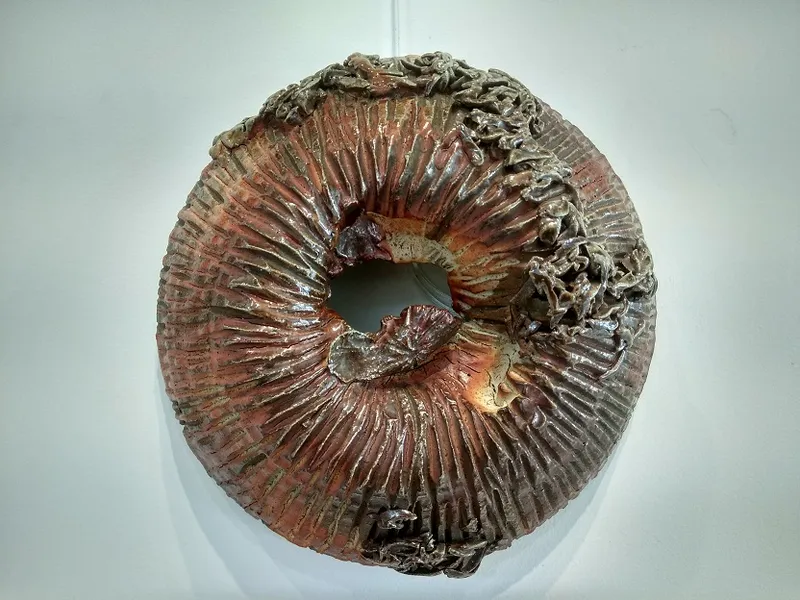
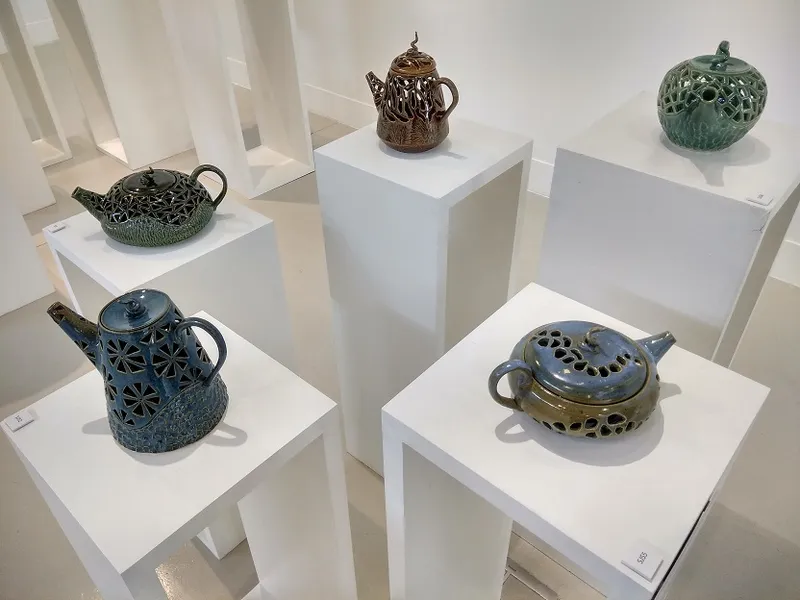
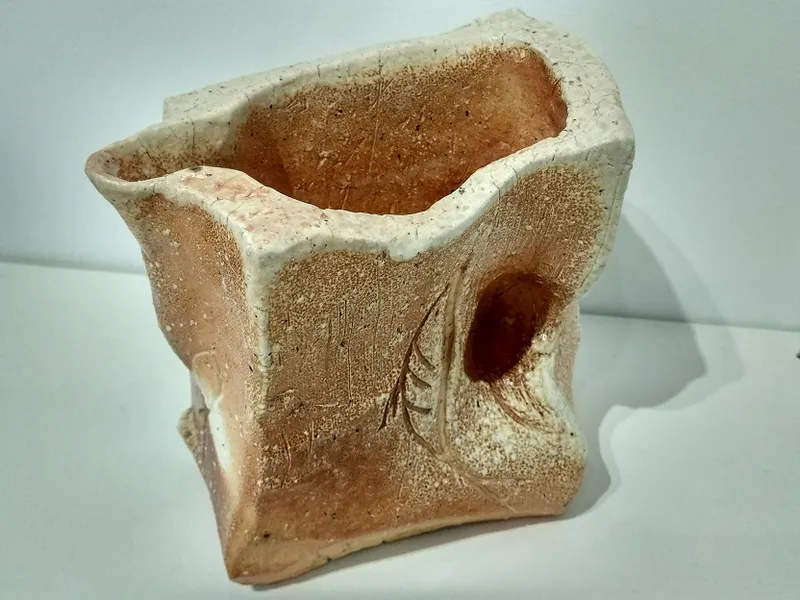
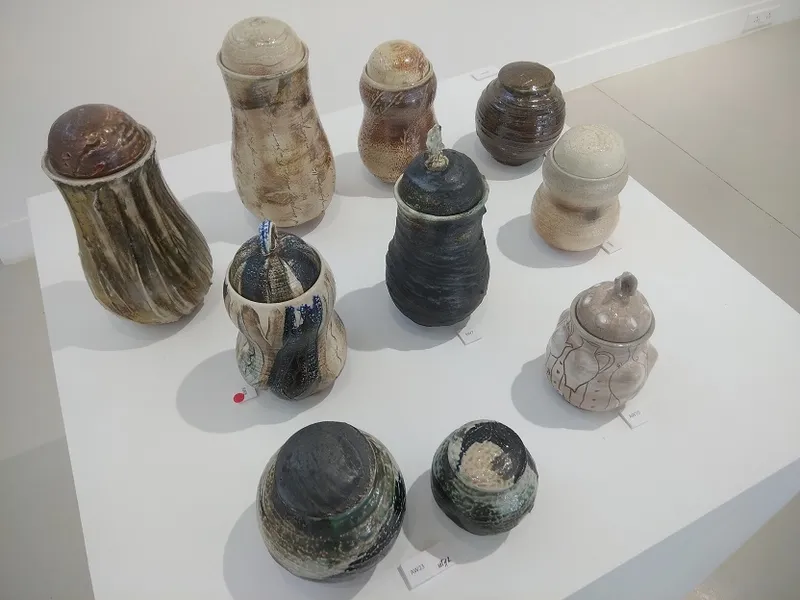
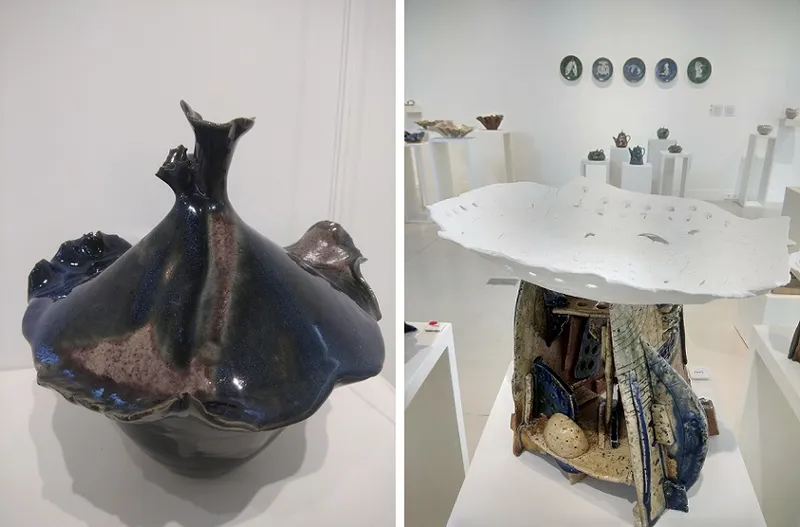
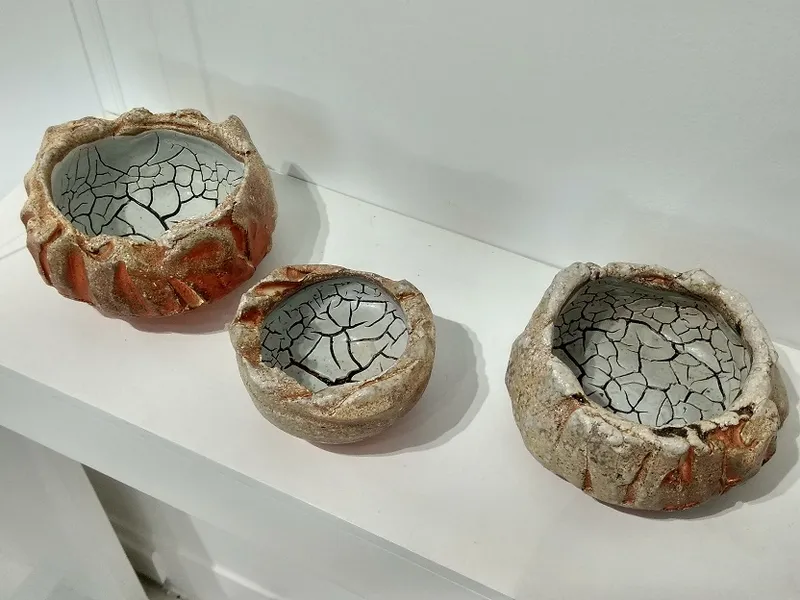
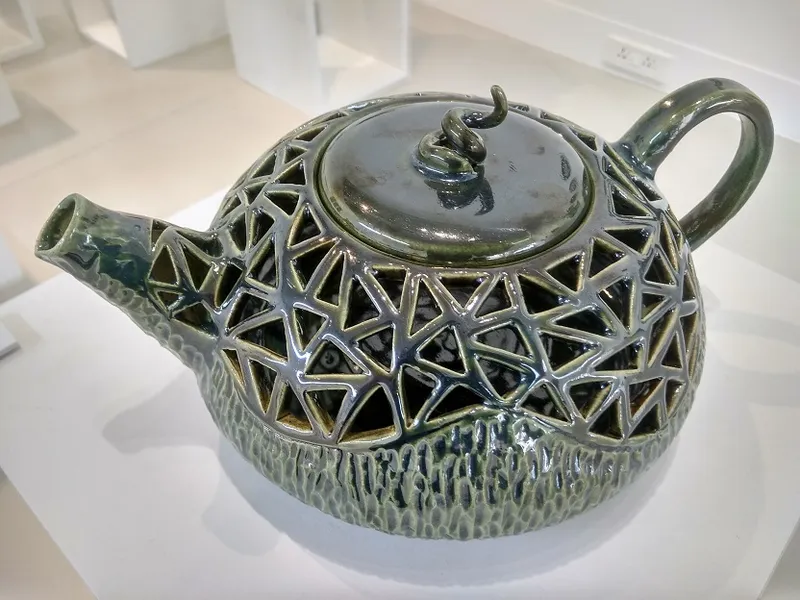
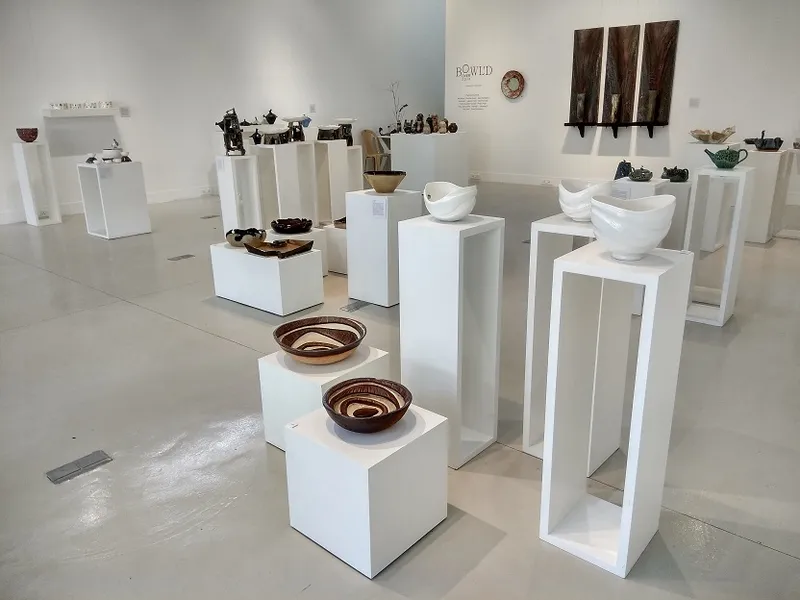

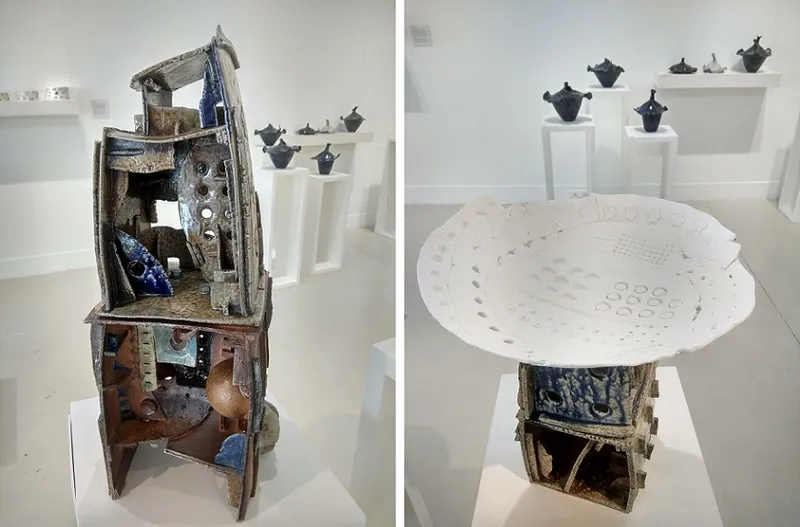
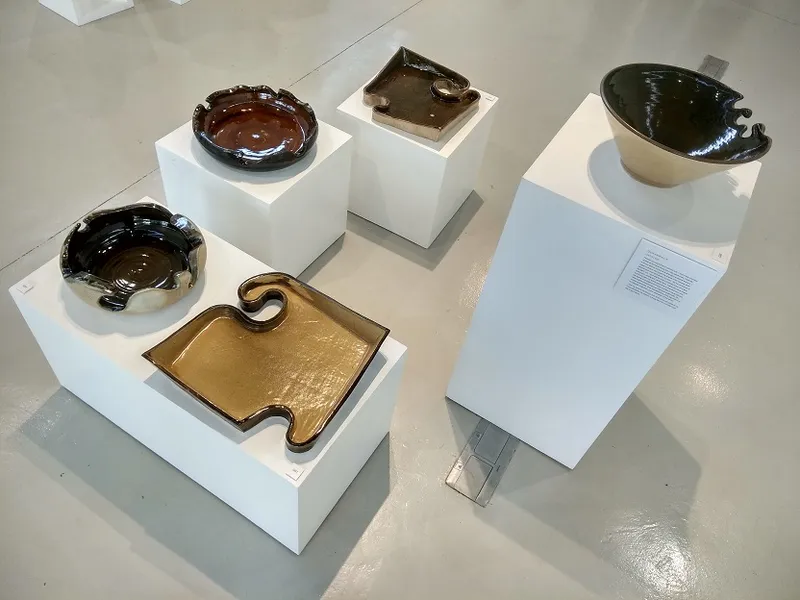

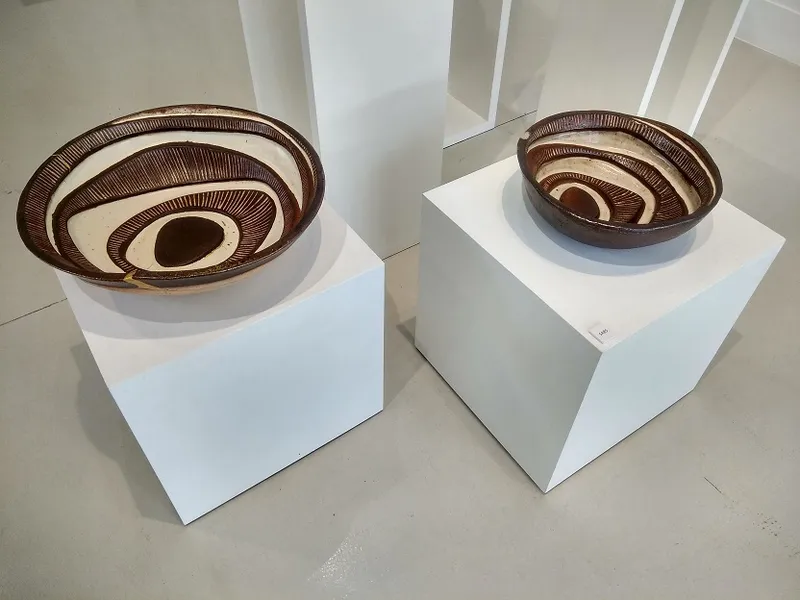


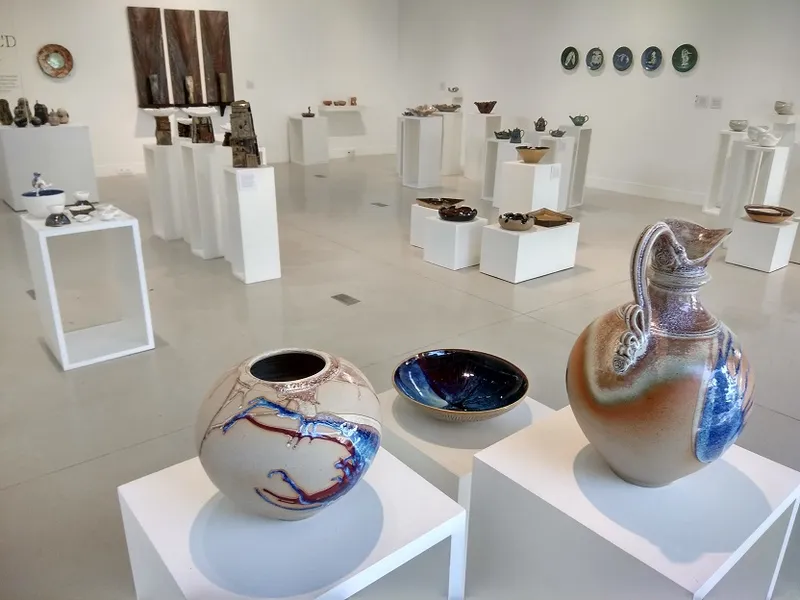
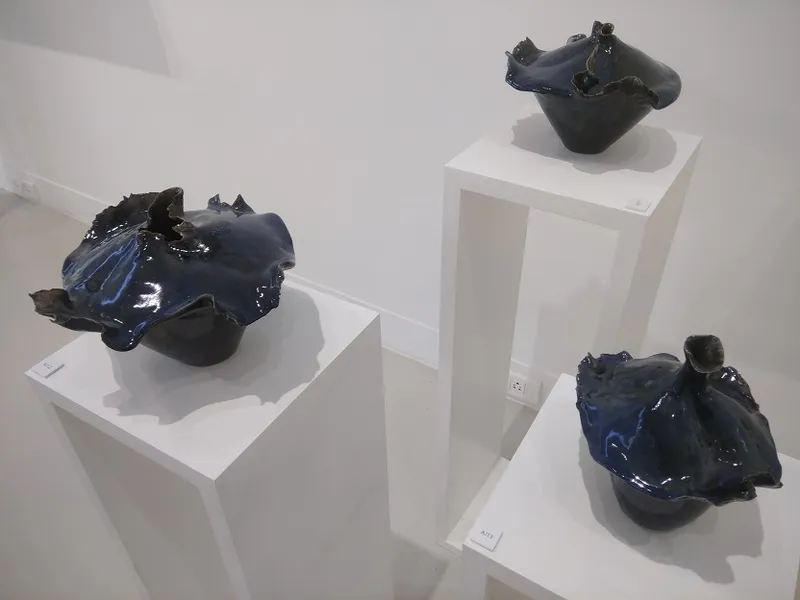
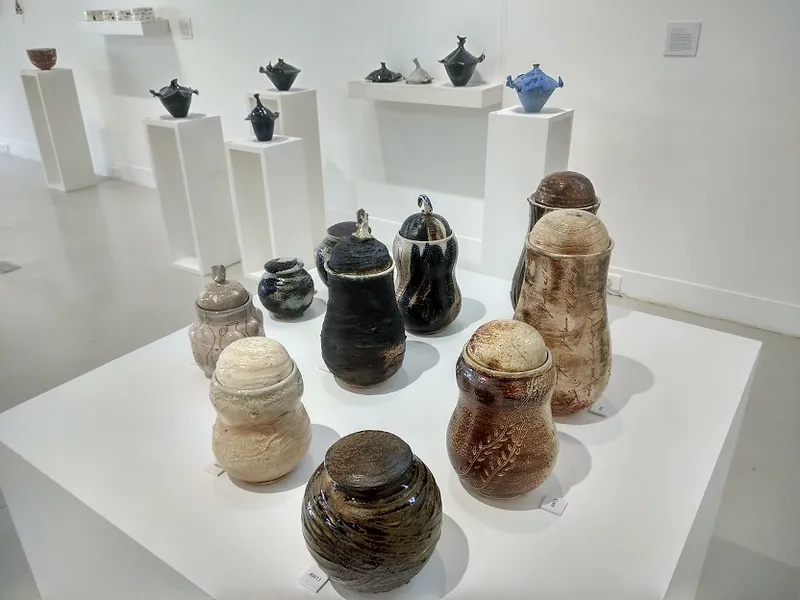
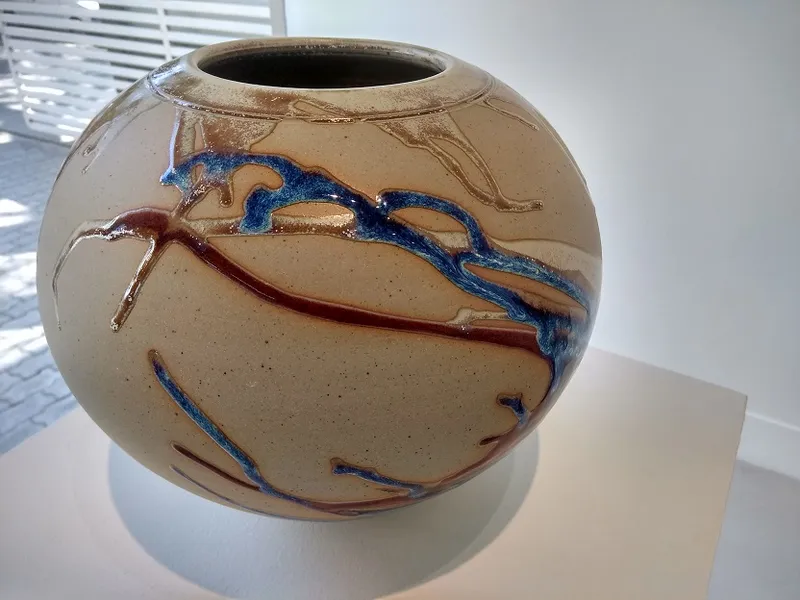
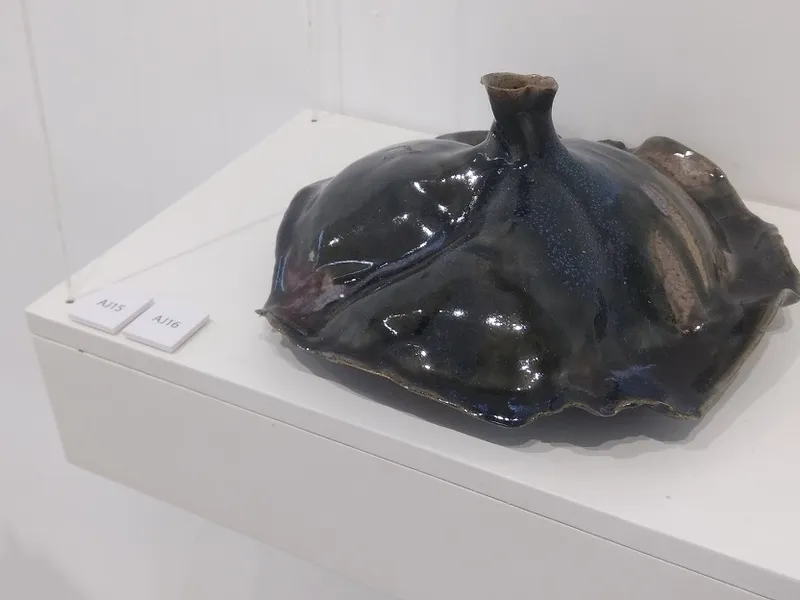
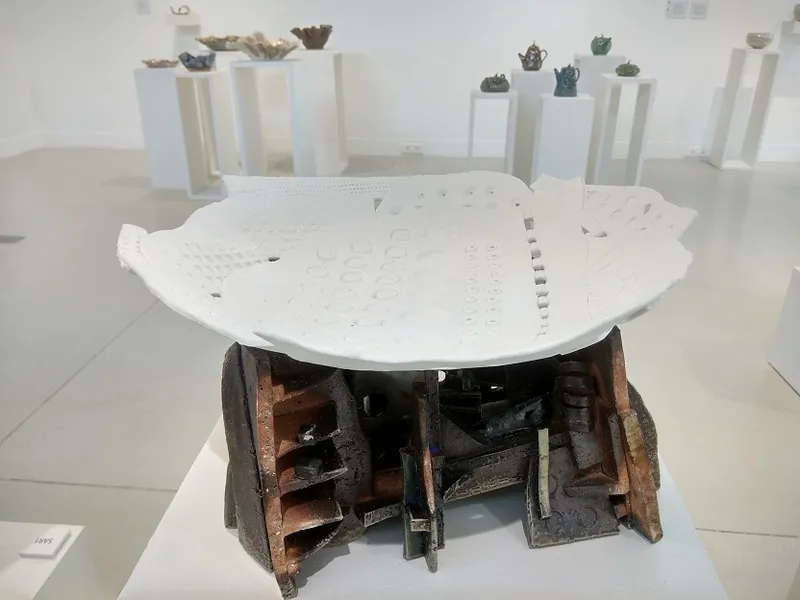
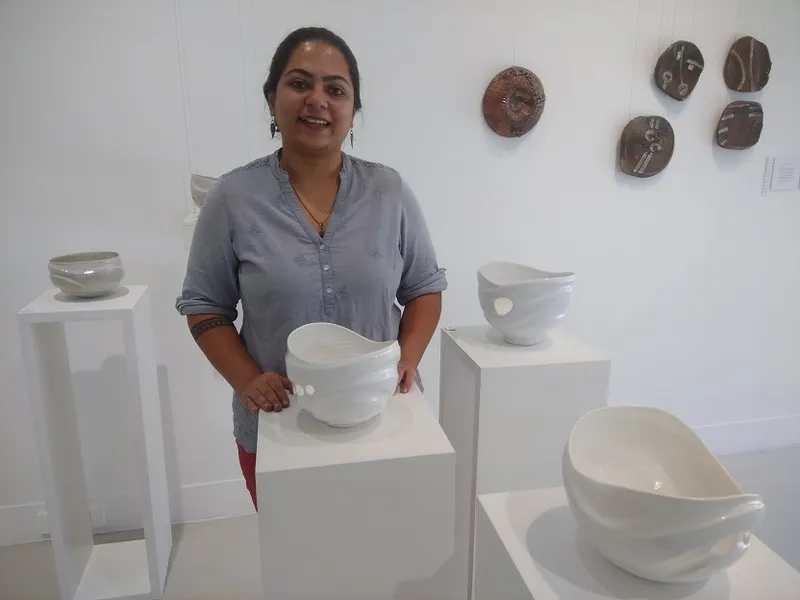
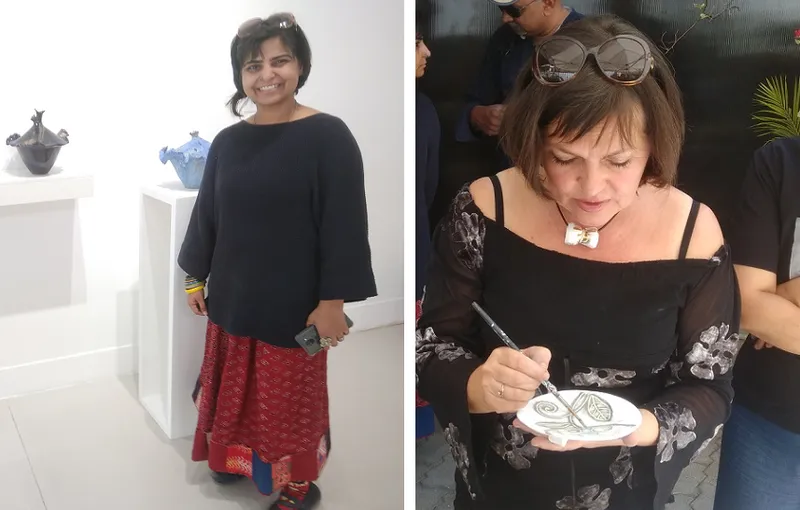
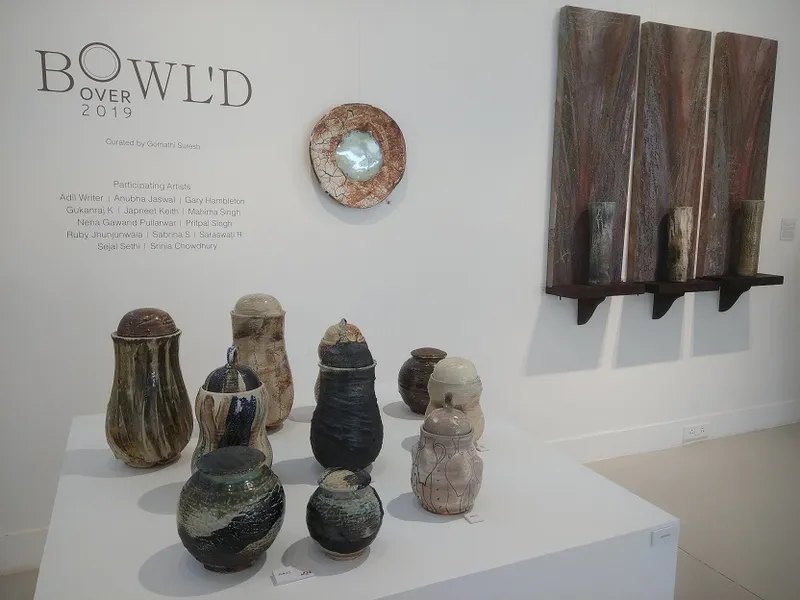
Got a creative photograph to share? Email us at [email protected]!
See also the YourStory pocketbook ‘Proverbs and Quotes for Entrepreneurs: A World of Inspiration for Startups,’ accessible as apps for Apple and Android devices.







